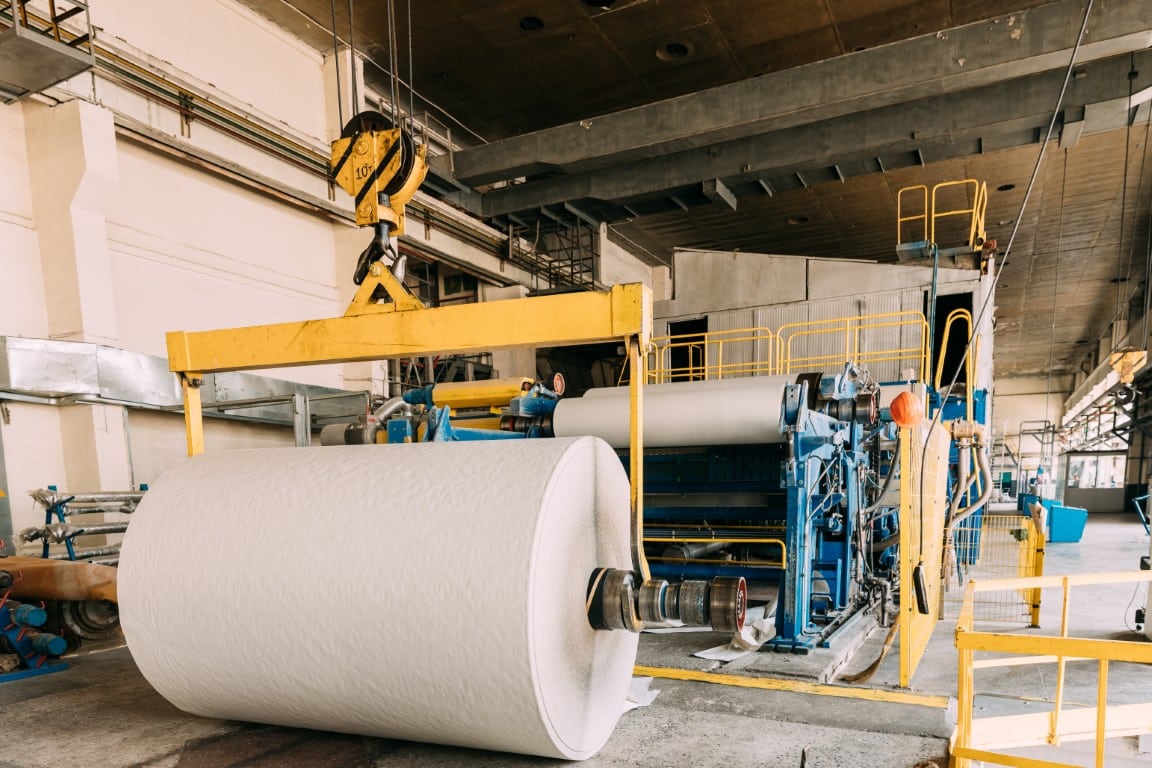When we talk about print finishes we tend to use the terms Silk, Laminated, Spot UV and Foiling.
To help make it a little clearer, here are some explanations.
Silk:
Silk finish refers to a type of paper or cardstock with a smooth, slightly glossy finish that resembles the texture of silk fabric. This finish is achieved by applying a coating of clay or other minerals to the surface of the paper or cardstock during manufacturing.
Silk finish card is often used for high-quality printing projects, such as business cards, brochures, and invitations, as the smooth surface allows for crisp, vibrant colors and sharp text. The finish also provides some protection against smudging and fingerprints, making it a good choice for materials that will be handled frequently.
We strongly advise adding lamination to Silk paper for scratch-proof protection, but only if you don’t intend to write on it!
Overall, silk finish is a versatile and elegant option for a variety of printing applications, offering a professional look and feel that is both durable and aesthetically pleasing.
Matt Lamination:
Matt lamination is a finishing technique used to enhance the appearance and durability of printed materials such as brochures, book covers, business cards, and packaging. It involves applying a thin layer of matte film to the surface of the printed material using heat and pressure.
The process of matt lamination involves sandwiching the printed material between two layers of film, one of which has a matte finish. The film is then heated and pressed onto the printed material, creating a smooth and protective layer that enhances the colours and contrasts of the design.
Matt lamination has several benefits, including:
1. Enhancing the durability of the printed material by protecting it from scratches, fingerprints, and other wear and tear.
2. Improving the visual appeal of the printed material by making colors appear more vibrant and contrasts more
Gloss Lamination:
Gloss lamination is a finishing process used to give a glossy or shiny appearance to printed materials such as brochures, business cards, book covers, posters, and packaging.
During the gloss lamination process, a thin layer of glossy film is applied to the surface of the material using heat and pressure. This film is usually made of a clear plastic material like polypropylene or polyester. The result is a smooth, high-gloss finish that enhances the colour and clarity of the printed design, making it more vibrant and attractive.
In addition to its aesthetic benefits, gloss lamination also provides a protective layer that helps to resist scratches, moisture, and fading, thereby extending the life of the printed material.
Velvet Lamination:
A velvet finish is a type of paper or cardstock that has a soft and smooth texture, similar to the feel of velvet. This finish is achieved by adding a layer of velvet coating to the surface of the paper, which gives it a luxurious look and feel.
Velvet finish cards are often used for premium printing projects, such as business cards, invitations, or marketing materials, where a high-quality and elegant look is desired. The velvety texture of the paper can also help to enhance the colors and details of printed designs, making them appear more vibrant and crisp.
Overall, velvet finish cards are a popular choice for those looking to create a sophisticated and upscale impression with their printed materials.
Spot UV:
Spot UV finish is used to create a glossy, raised coating on specific areas of a printed design. It involves applying a clear, shiny, and highly reflective varnish to a chosen part of a printed design, such as a logo or an image. This varnish creates a contrast between the raised, glossy area and the rest of the design, which has a matte or satin finish.
Spot UV finish can be applied to a wide range of printed materials, including business cards, brochures, packaging, and book covers. It adds an extra layer of texture and depth to the design, making it stand out and giving it a premium look and feel. Spot UV finish is often used by businesses and marketers to enhance their branding and create a memorable impression on customers.
Foiling:
“Foiling” on a business card refers to the process of adding metallic or glossy foil accents to certain parts of the design or text on the card. This technique involves the use of heat and pressure to apply a thin layer of foil material onto the surface of the card, creating a shiny and eye-catching effect.
Foiling can be done in a variety of colors, such as gold, silver, bronze, or rose gold, and can be applied to specific areas of the card, such as the company logo, contact information, or other design elements. This process can add an elegant and sophisticated touch to a business card, making it stand out and leave a lasting impression on potential clients or customers.
